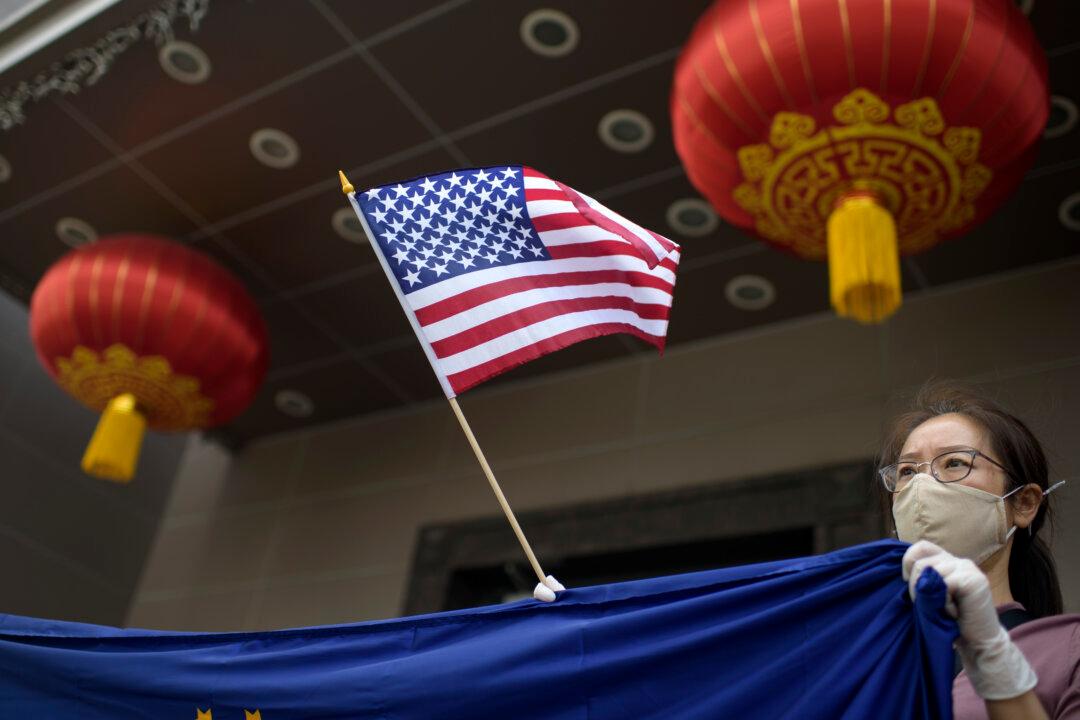A recent report found that Chinese science and technology (S&T) diplomats had acted as Beijing’s brokers, identifying overseas collaboration, investment, or acquisition opportunities for Chinese entities to acquire foreign technology and advancing the Chinese Communist Party’s (CCP) industrial policy.
“These accomplishments, in turn, contribute to the PRC’s (Chinese Communist Party’s) ‘going out’ strategy and goals set forth in state policies including made in China 2025,” said the “China’s Foreign Technology Wish List” report released in May by the Center for Security and Emerging Technology (CSET), a Washington-based think tank.




